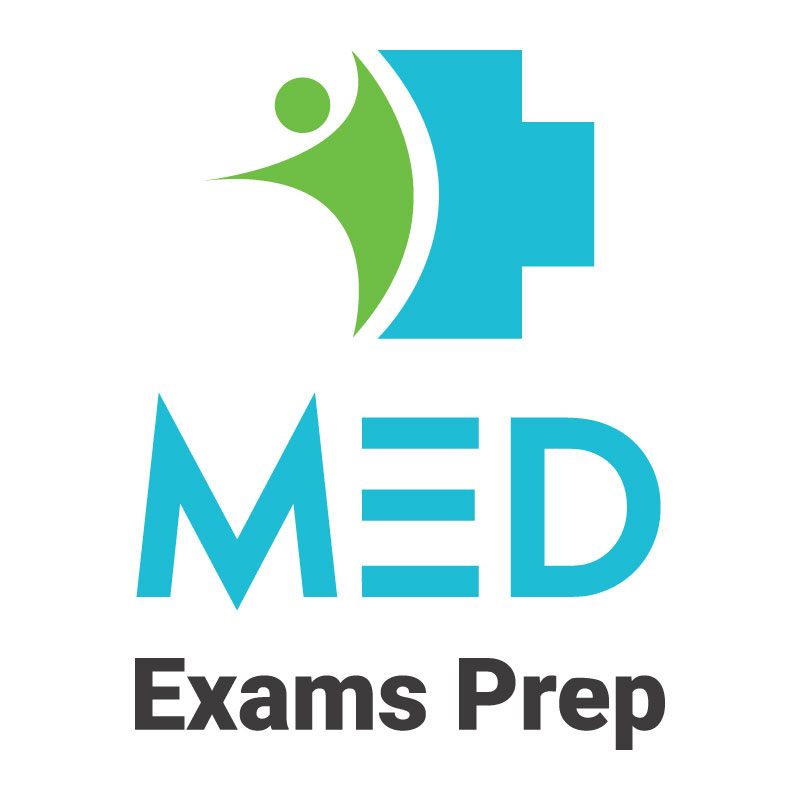NBE Conducts NEET SS Examinations including Surgical Superspecialities. The Examination patterns are changing and every New Year there are changes in exam pattern.
General surgery questions are asked irrespective of specialty one is preparing. Fundamentals of general surgery should be strong.
It needs a great effort on the part of a student to understand how to prepare for NEET MCH Examinations. Our experts give you insights on regular basis.
Preparing Neet Mch Head and Neck Surgery needs a good effort. Aspirants should start preparing early.
We take Example of Basal cell carcinoma which is Examiners Favourites for NEET MCH Head and Neck Surgery
- Points a student should know about BCC
- Has a slow but progressive growth over months to years.
- It almost never metastasizes and is painless
- Basal Cell Carcinoma (BCC) keeps growing for months to 3 -4 years usually.
- Usually invades deeper tissues. It may eat up underlying soft tissue and bone and cartilage slowly but progressively and has therefore been called rodent ulcer.
- It almost never metastasizes but invades deeper tissues and therefore is best described as a locally malignant tumor.
- Occurs on the face more often.
- It is a painless, non-healing ulcer.
- It has rolled, translucent borders
- Dilated capillaries are characteristically seen on the borders of the ulcer. If it has not ulcerated but is a dome-shaped nodule, then dilated capillaries are seen on the entire surface of the nodule.
- Local radiotherapy is done especially if the lesion is large or its removel may lead to disfigurement or if the patient is very old.
- 5-Fluorouracil. It is a cytotoxic agent that is an antagonist of Pyrimidines. Its metabolites are incorporated into both DNA and RNA. Where surgery is not possible for some reason like very large size of BCC and/or the chance of severe disfigurement of the face is there, then 5-Fluorouracil has been used topically especially for superficial spreading type of BCC.
- Cryosurgery. Freezing the lesions with Carbon dioxide snow has been successfully.
The Topics asked in Basic Surgical Anatomy include:
- Blood vessels and nerves of the face and scalp including neck: ICA, ECA, CCA and branches in detail.
- Surgical anatomy and structures within Carotid triangle
- Chorda tympani nerve, lingual nerve , petrosal nerves
- Surgical anatomy of Deep cervical fascia of neck.
- Head and neck superficial structures of the scalp & face muscles of facial expression
- Hypoglossal nerve in detail
- Surgical anatomy and Interior of the larynx and pharynx
- Intratemporal fossa pterygoid muscles, maxillary artery and branches of the mandibular nerve
- Jugulo-digastric lymph node
- Lateral aspects of the interior of the larynx and pharynx
- mandibular nerve and its branches
- Middle meningeal artery
- Surgical anatomy of Nasal septum
- Neurovascular structures at the base of the skull with vessels coloured
- Openings of the lateral wall of the nose as well as the pterygopalatine ganglion and its branches
- Orbit: intraocular as well as extra ocular muscles, bony walls and foramina.
- Surgical anatomy of Palate
- Paravertebral region and the muscles in the back of neck
- Parotid gland & its duct
- Platysma and investing fascia
- Posterior and suboccipital triangles
- Scalp muscles
- Spinal accessory nerve
- Surgical anatomy of Submandibular region
- Surgical anatomy of Pharynx and larynx
- Surgical anatomy and importance of The hyoid bone
- The atlanto – axial joints
- The atlanto – occipital
- Surgical anatomy of Vagus nerve
- Surgical anatomy of The base of the skull
- The tempro - mandibular joint
- Surgical anatomy of Thyroid
- Tongue
- Triangles of the neck in detail and their contents.
Lately Questions have been repeated from Topics such as given below. They are always high on examiners mind.
- Laryngocele.
- Pharyngocele.
- Branchial cysts
- Head and Neck Cancers
- BCC
- Melanomas
- Thyroid cancers
- Ranula
- Sublingual dermoid.
- Submental lymph nodes.
- Swelling arising from isthmus of thyroid gland.
- Thyroglossal cyst, sinus or fistula.
- Carotid aneurysm.
- Carotid body tumor.
- Cold abscess.
- Crystic hygroma.
- Subclavian aneurysm.
- Thyroid swelling
- Base of tongue adenoid cystic carcinoma.
- Endoscopic resection of an anterior skull base adenocarcinoma.
- Endoscopic anterior skull base resection of a sinonasal mucosal melanoma.
- Endoscopic anterior skull base resection of an esthesioneuroblastoma.
- Nasoseptal flap reconstruction for sellar defect post pituitary resection
- Layered repair for a high-flow leak utilizing tensor fascia lata and nasoseptal flap
- Repair of anterior cranial fossa defects with endoscopic-assisted pericranial flap
- Salvage surgery for head and neck cancer.
These are some topics asked recently. Mch exams are getting tougher every year with growing competition. Our experts view all developments and urge students to prepare all important topics from standard text and use online resources for online exams. They prove to be highly beneficial for Mch exams.
To qualify with Top merit and higher rank visit www.medexamsprep.com
